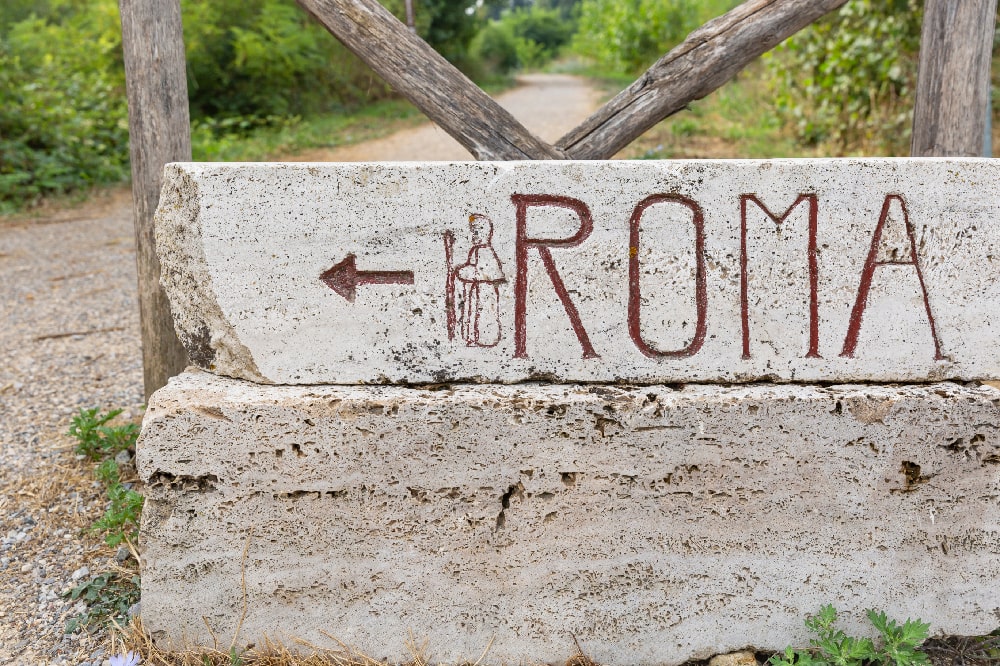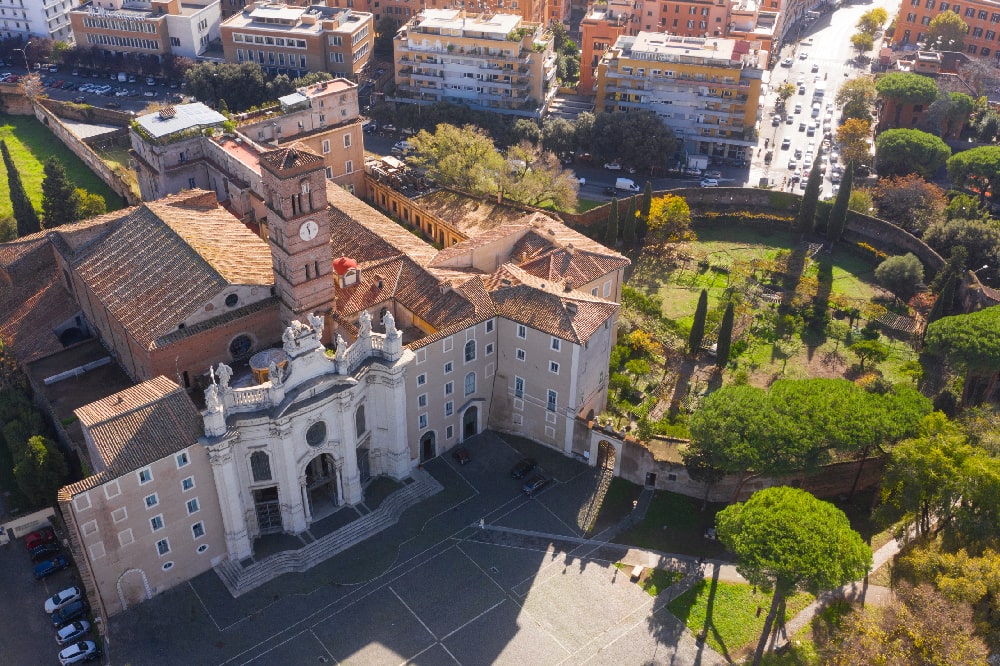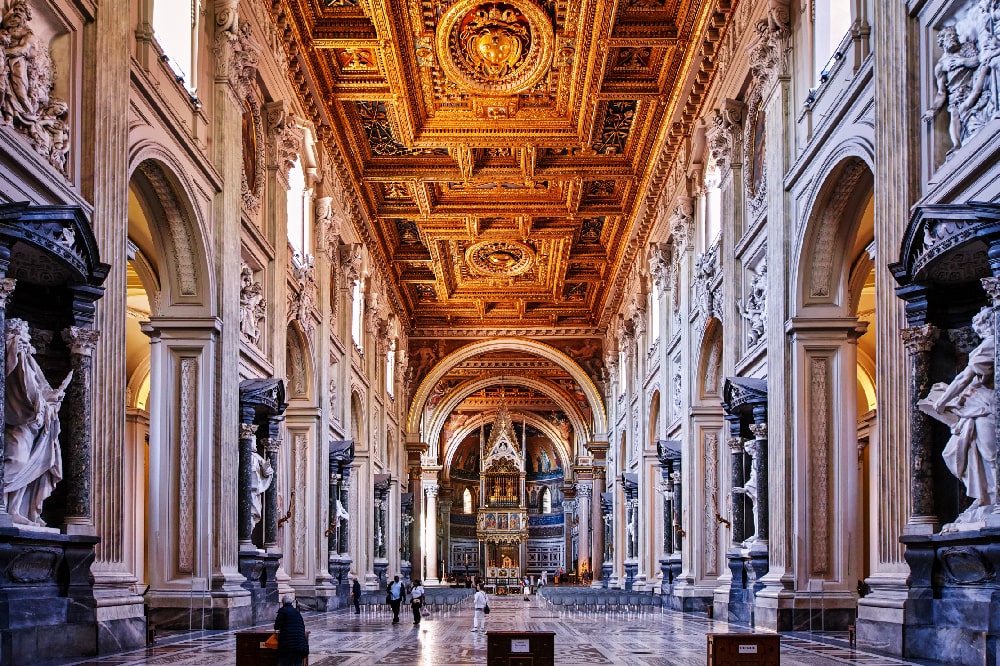Contents
When we think about Christmas, the first image we have in our minds is probably a spruce decorated with bright lights and colorful hangings, full of delicate and shiny knick-knacks, golden and silver garlands, red ribbons, and crowned with a pointy or star-shaped tree topper.
The Christmas tree is probably the most celebrated and famous symbol of Holidays, around which all ambitions and hopes of men and women of any culture and religion are gathered. A symbol of light, warmth, communion, which goes beyond its religious meaning, embracing the emotional and humanity sphere. Even months before Christmas, the thought of a decorated tree can warm up the most insensitive heart and raise the most distracted spirits, bringing out good warmth in everyone, which throbs in our souls even when we’ve forgotten about it.
The origins of this symbol though are more ancient and complex than what we think, and the habit of placing it in our homes and decorating it has very deep roots.
The origins of the Christmas tree
The tree, meant as symbol of life, or sometimes of death, was spread in many cultures even before the birth of Christianity. Just remember that Christmas fits almost perfectly the ancient pagan feast of winter Solstice, considered by ancient people as the moment of the year when the sun is born.
This holiday was celebrated with many variations between East and West worlds, and one of the recurrent symbols in their ceremonies was always the tree, considered by many culture a symbol of life. Sacred trees and woods are recurring elements in all mythologies and are the central points of many pagan rituals. In Germanic traditions it was believed that the center of the world was occupied by a gigantic ash, symbol for good and evil.
Druids used to believe that evergreen trees were symbols for a long life, since they were always green and blooming even during the winter. During their holidays, people used to decorate them or burn them as a propitiatory sacrifice.
During the Medieval age, these ancient Nordic rituals merged with Christian beliefs. Celebrations that needed the presence of a tree on stage, and that told stories connected to the expulsion of Adam and Eve from Eden began to spread in squares and porches in Northern Europe. Soon the Eden tree, symbol of the original sin shown in the representations, became the symbol for Jesus’ sacrifice and for the rebirth of humanity. Christ’s cross was compared to a tree that produced precious fruits of hope and salvation.
Big trees began to appear in the squares of Northern Europe cities and villages during Christmas holidays, and decorated with dried fruit, apples, paper ornaments. Auspicious branches were brought inside the houses and decorated as well with paper flowers, knick-knacks and sweets. At the beginning, they were fruit trees, which brought with them a meaning of wealth, but in time the spruce began to be used, important in German traditions, a magic evergreen made such by Jesus after the tree had hidden him among his branches to escape from enemies. With time, decorating spruces spread in the rest of Europe and in the whole catholic world. Fruits and paper flowers were replaced by garlands, ribbons, candles and later, delicate glass hangings and ornaments.
Not finding a tree in every home, even a small one, is rare nowadays during Christmas holidays, let alone the thousands that decorate our cities. What is the right way to decorate a Christmas tree?
Given that there is no univocal way to do that, and that everyone should choose what they prefer, to make a tree that is as close as possible to their own experience and family, there are a few objective rules that can be helpful.
Real or artificial tree?
For instance, it is important to choose the right tree, as it will have to support all the ornaments and will decorate our home during the holidays.
On one side, the real, living spruce gives a more suggestive atmosphere to the house, spreading a natural unique scent besides having beautiful green branches; on the other side, it is also true that due to the heating, the majority of real spruces don’t survive the holidays, and are doomed to be thrown away after Epiphany. A real pity for nature lovers and for those who want to show some respect to the environment. Furthermore, real spruces needles fall on the floor, and are also dangerous for pets and toddlers.
Of course an artificial tree can look cold, and sometimes can be made with toxic matrials, which can contaminate your house. On the other hand, it bears any kind of ornament better, with no “pain”, and it’s not necessary to buy a new one eevry year.
A tough choice then, and absolutely personal.
Whether it’s real or not, the important thing is that the tree has a good shape, with symmetrical branches, placed at a regular distance. If artificial, branches will have to be flexible and not distort. If real, it will have to be placed in an adequate vase and regularly watered.
Christmas lights on the tree: some suggestions
Once the tree has been placed, we can choose and place our Christmas lights.
- The first thing we have to do with lights is… try them. It is better to find out if they are working straight away, before working so hard to place them nicely on our tree! Make sure the plug is intact and that there are no burned bulbs or live wires.
- There is no univocal rule for choosing and placing the lights as well. Some prefer to place them as a spyral, enveloping the tree completely from the top to the bottom, or let them go down in a zig zag pattern.
- Let’s keep in mind all the time that electric plugs need to stay close to the socket, with no visible wires hanging down under the tree. A multiple socket will allow us to switch on and off the tree lights all at once and in complete safety.
- The top of the tree will have to be properly lit, to give more significance to the tree topper or the decoration we’ll place on top.
- Lights must be distributed both on the inside and the outside of the tree, to avoid shadow areas. The best thing is to place the lights on the tree with the wires already connected to the socket, so that we can check the effect along the way.
- The wire will have to be as hidden as possible, maybe covered with garlands, wreaths, decorations and silver or golden strands.
- Christmas lights on a tree are the decorations that make a tree rich and shiny. That is why, over the last years, we can find more and more artificial pre-lit trees that guarantee a good lighting base, on which you’ll just need to hang your favorite ornaments.
- One more thing to remember is the size of lights and their color. If you choose for a color pattern to give your tree some sort of homogeneity and elegance, lights will have to follow that pattern. It is better to not mix up too many colors, to avoid a jumble of shapes and effects. You can choose a basic color for the lights, maybe with bigger bulbs, and then create light games with different colors and smaller bulbs. As a general line, smaller lights give a more elegant note to your tree, especially if they’re white, as they get along better with the colors of the decorations. You can use opaque or bright lights, threads with small lights and sound effects and intermittences. The most important thing is to place them so that there are no empty nor too crowded areas.
Garlands, wreaths and bows
Right after the lights are placed, it is the turn of garlands. There are of any kind and material, paper or PVC, shaped like ice crystals, pearls necklaces and also pop corn. The most common and classic are the metal silver or golden garlands, colored ribbons, flower and bells wreaths. As it is for lights, also garlands and wreaths have to be placed so that there are no empty spaces, to create a beautiful balance in the tree. Plus, if and when necessary, you need to hide hooks and metallic or plastic supports.
Decorations that fall down on every side were very popular years ago, but risk making the tree too heavy. They are still very popular anyway. As an alternative, you can wait till the end to place garlands, after decorations are in place, and just use them to give the tree that extra zip.
Christmas decorations for your house
Every home, every family, keep boxes full of Christmas decorations for the house in the attic or the basement. Objects that are passed from generation to generation, used and then stored back Christmas after Christmas; they survived clumsy hands, vivacious cats, curious little hands or relocations. Taking those boxes and opening them is one of the most thrilling moments when decorating a tree. It allows us and our beloved ones relive so many memories that during the rest of the year are lying in a far corner of our souls, just like those old decorations.
Maybe not all those old hangings and ornaments are used every year, but they give the Christmas tree a unique flavor and give your home such an atmosphere that no new decoration will ever bring, no matter how new and shiny it is.
Having said that, whether they’re old or new, also decorations depend on everyone’s tastes.
As a general line, it is advised to place smaller hangings in the top part of the tree, where branches are shorter and thin, or directly on the tip of the branches; bigger decorations should be placed on the inside. Placing them at the top will also be an extra precaution for toddlers and pets, who could find them irresistible! Concerning more delicate decorations, when they are not used, they should be stored in a special box, to make sure they will stay intact.
Decorations can be of any kind and material: glass, terracotta or plastic balls, paper or fabric bows, reindeer-shaped wooden hangings, crystal angels, fabric or resin Santas, and so on. Some ornaments are real miniature works of art, handmade by artisans specialized in wood carving, glass and metal decoration, or terracotta shaping.
Many people choose to decorate their Christmas tree with biscuits and sweets, with flowers or dried fruit, as it was in the medieval age, or maybe with homemade fabric, polymer clay or salt dough decorations. Decorations don’t have to be necessarily Christmas-themed; the important thing is that they have a meaning to those who hang them on the tree.
When placing the decorations on the tree it is important to keep a chromatic and a volume balance: avoid excessive amounts or combinations of colors that don’t match. It is important to remember that the tree must not be excessively overloaded: you can set up a very beautiful tree even with few decorations, but well combined and coordinated together. Again, that depends on personal taste and sensitivity.
The tree topper
The tree topper, that is, the ornament that will decorate the top of your Christmas tree, is the last touch that creates a perfect Christmas atmosphere. It is usually placed at the top of the tree at the end, when all the lights, garlands and hangings have been placed, but it is not less important. Far from it! It will be the first element to be noticed when you’ll put your eyes on the tree, therefore you need to choose it accurately.
Traditionally, it is shaped as a pinnacle, and the top of the spruce is put through it. They are usually golden or silver, decorated with marquetry or waves, ornated by shiny stones or, in more expensive options, with crystals. They can be made of glass, metal, PVC, ornated with laces, watermarks or glitter.
Tree toppers are not the only option. To decorate the top of the Christmas tree you can choose a star, an angel or a snowflake, even a golden star. The base of the ornament is usually enriched with holly or butcher’s-broom, or even with colorful garlands.

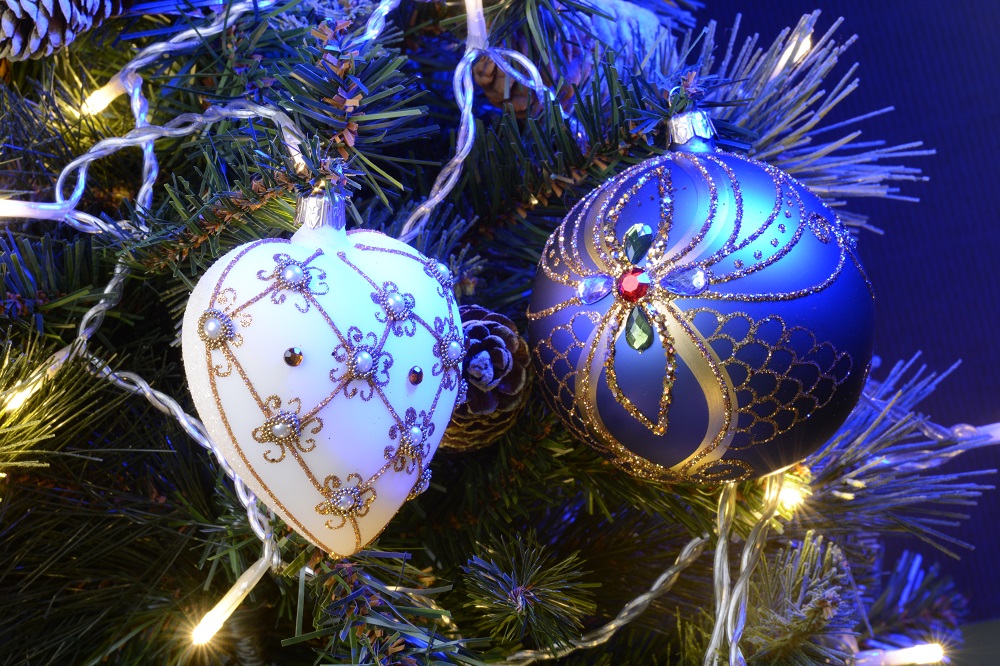

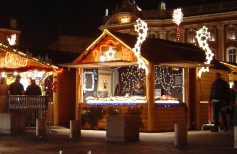
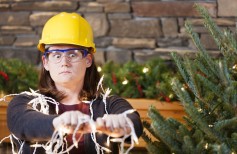
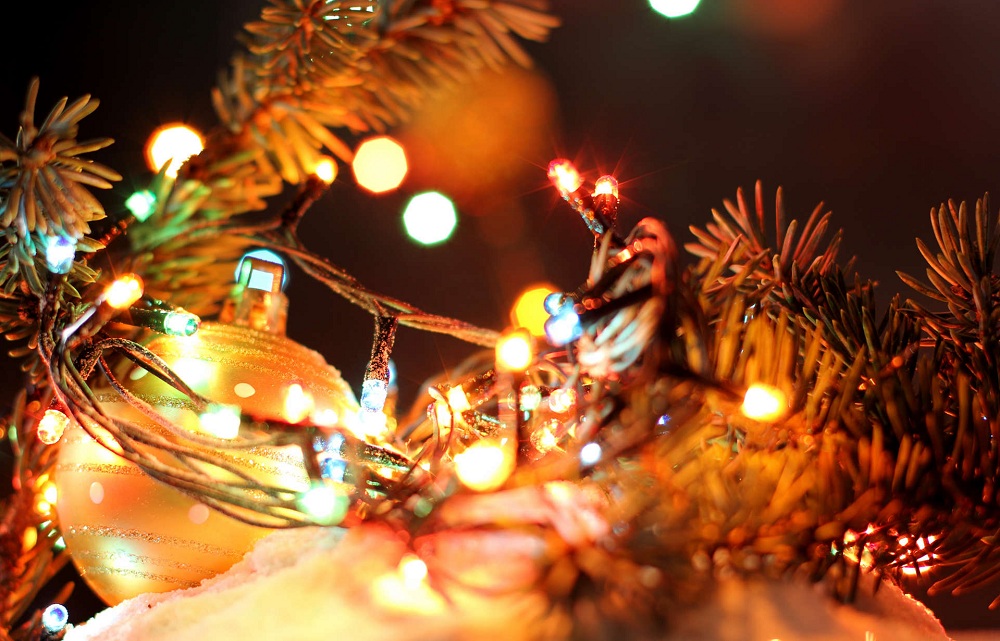
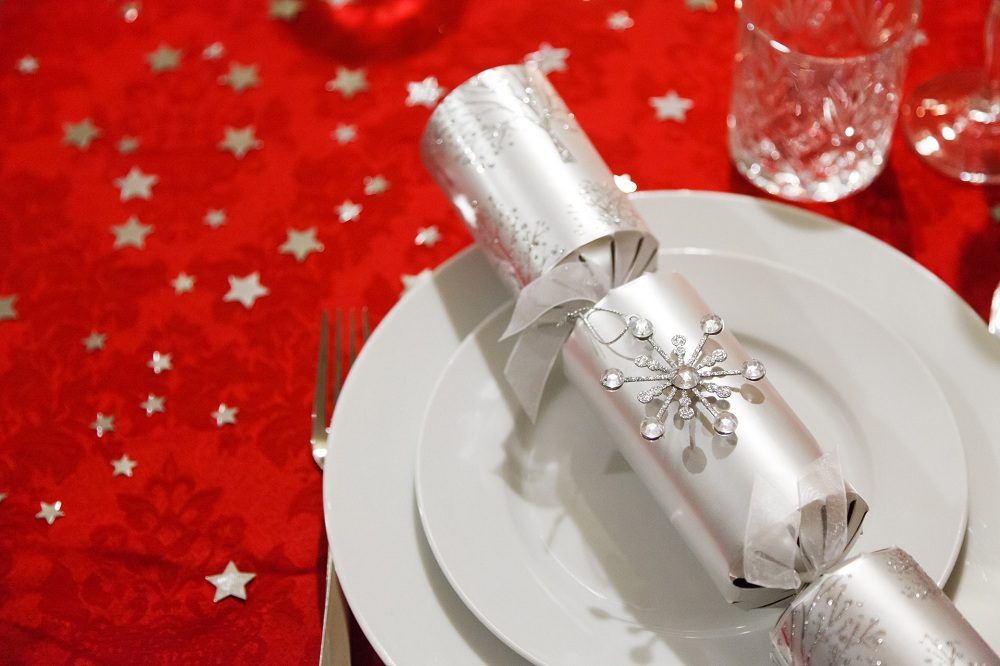
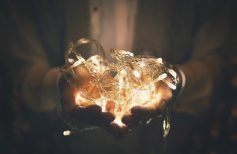
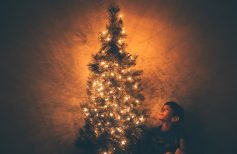
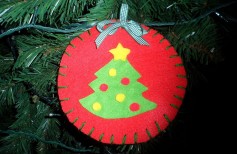







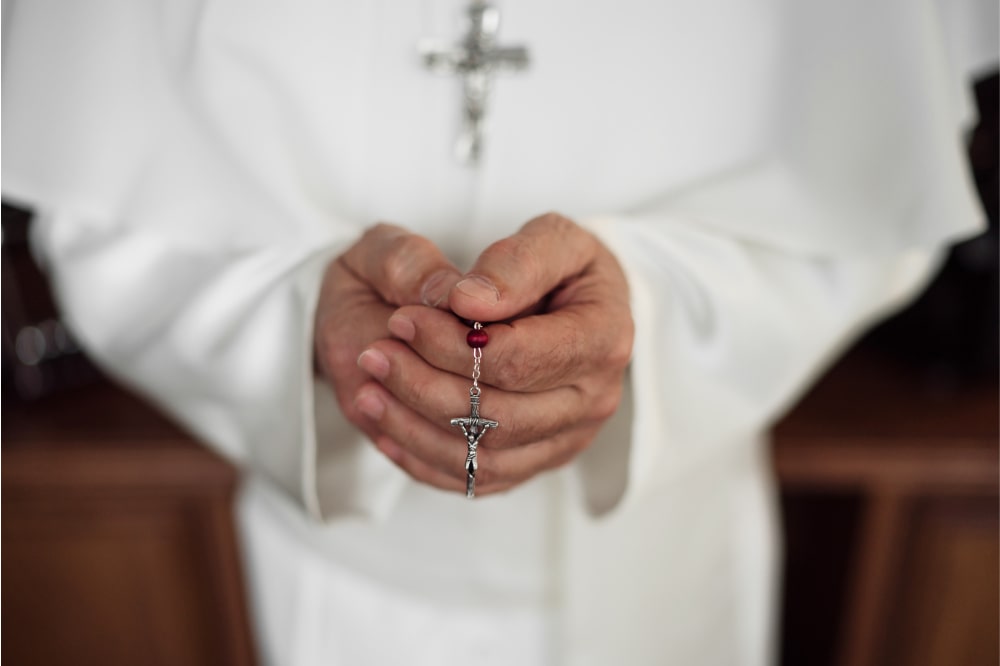
 5 June 2024
5 June 2024
